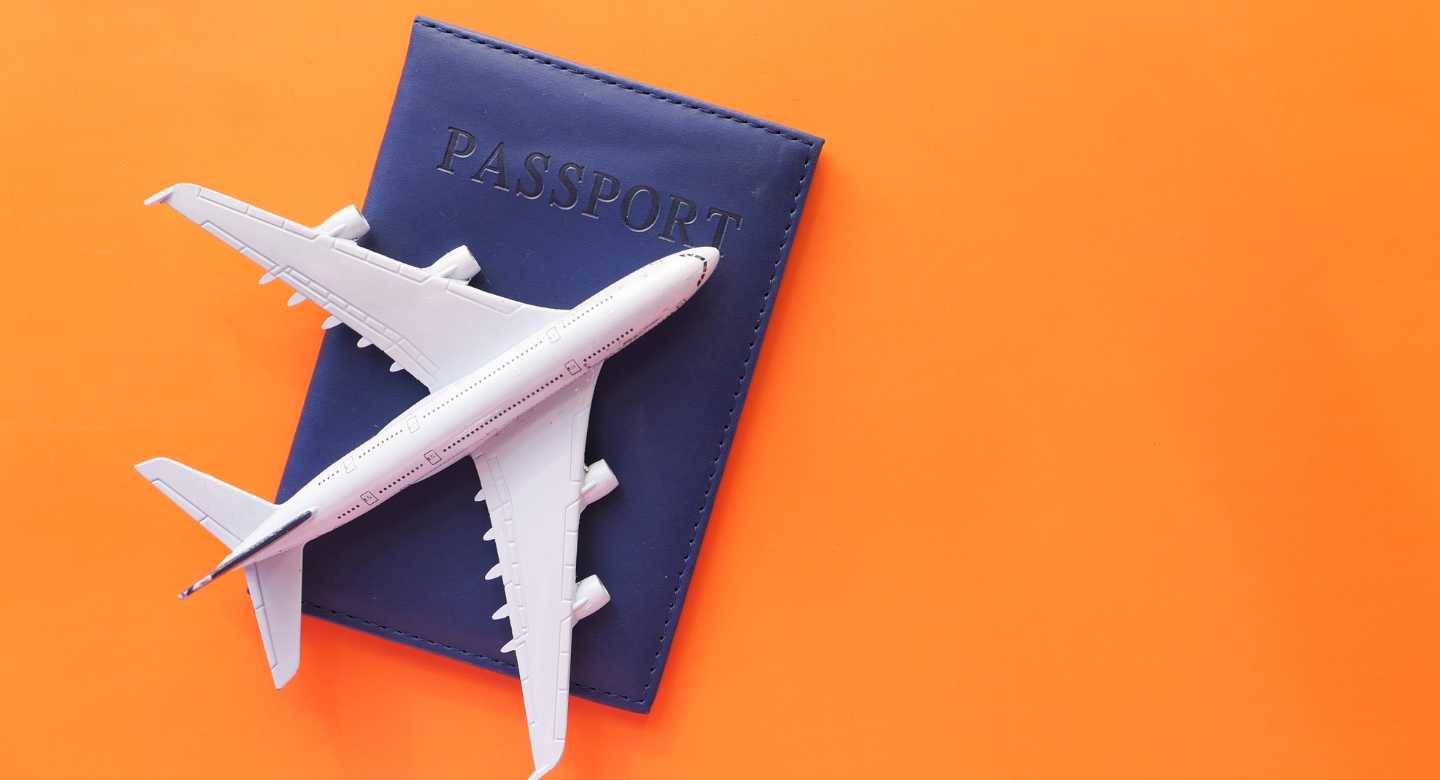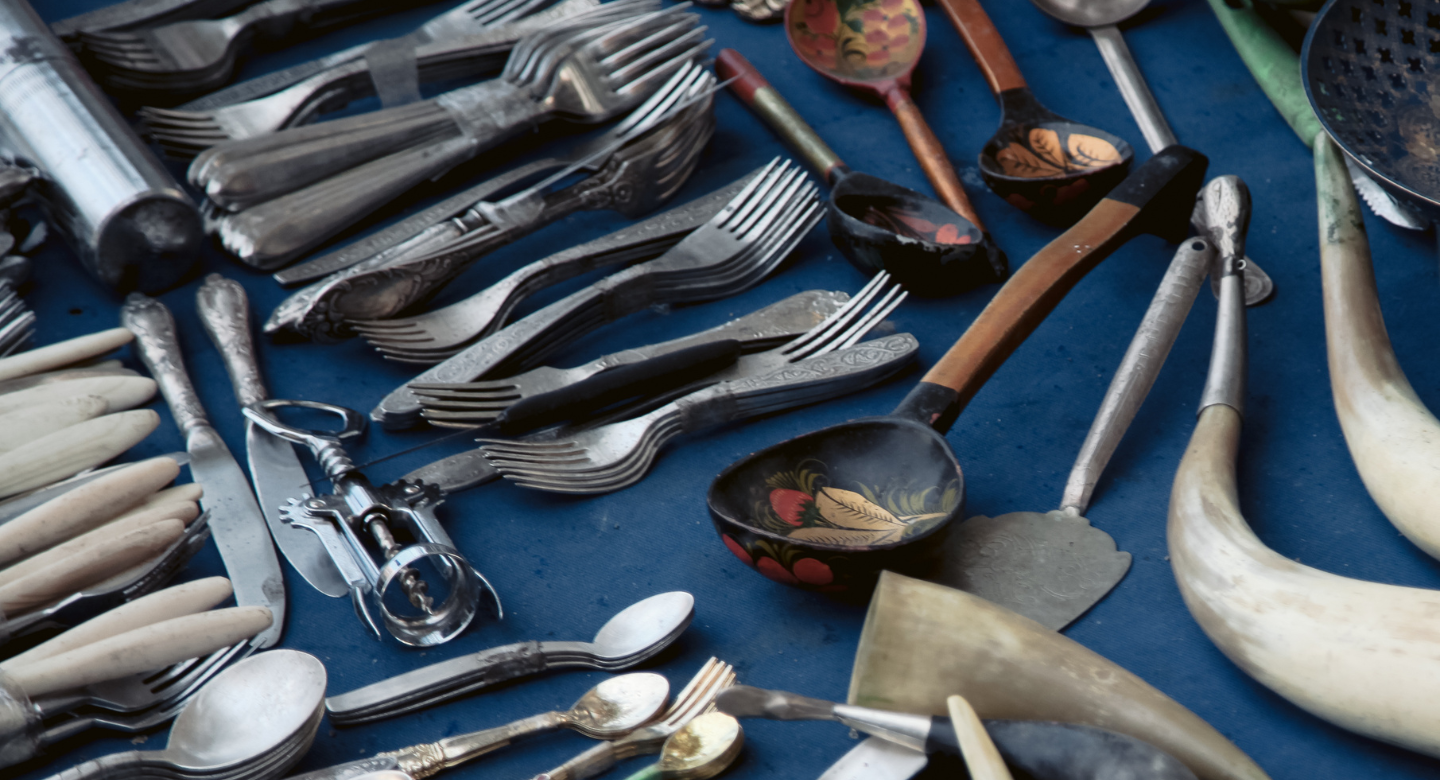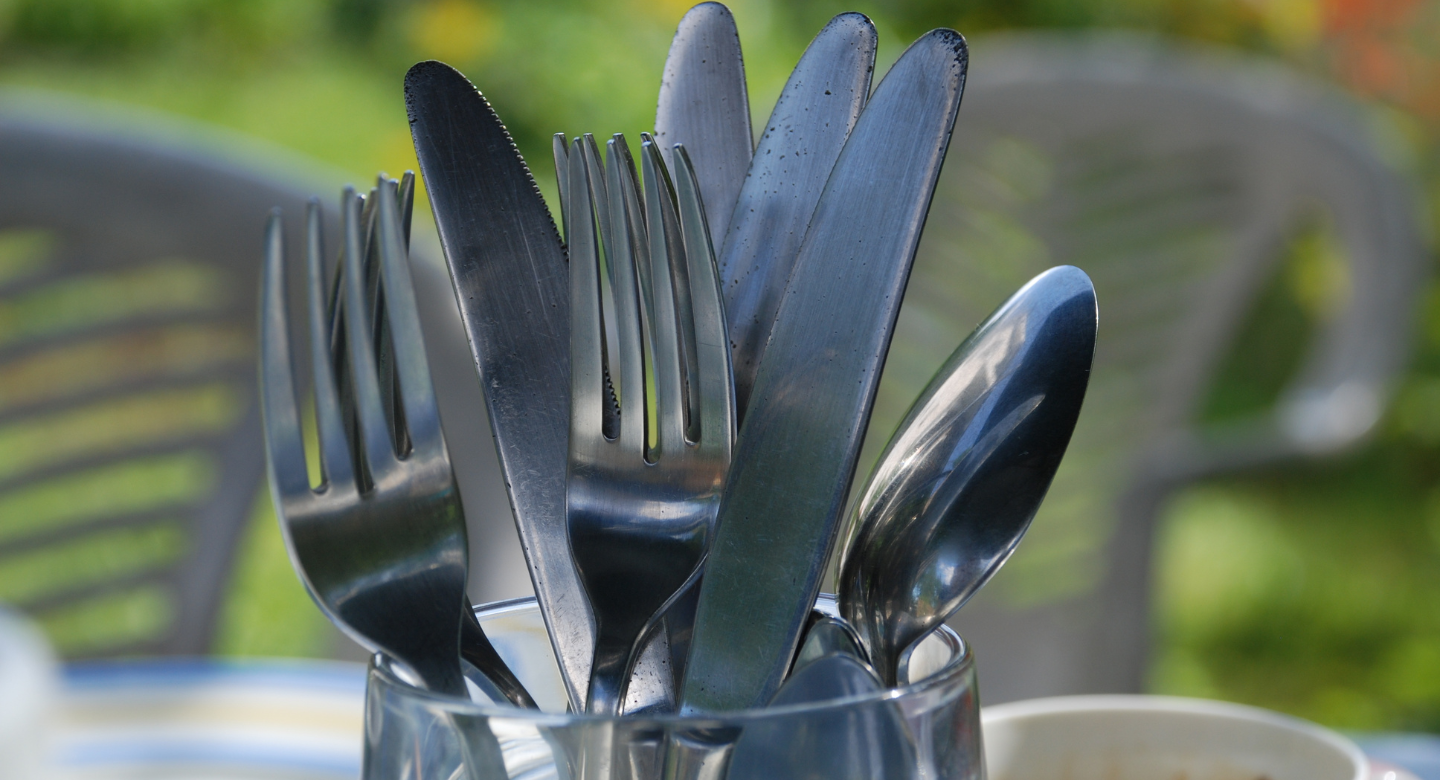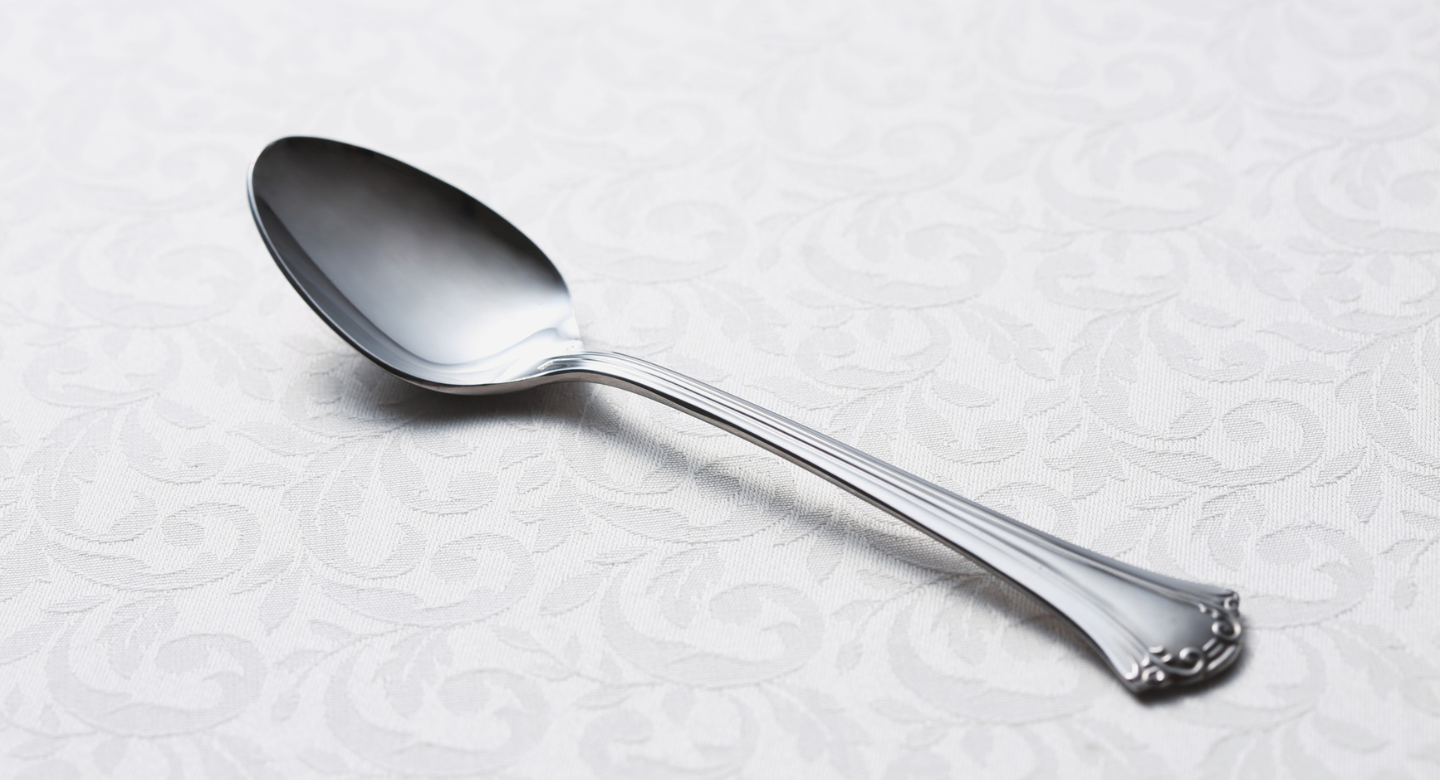3Rs of Sustainability for Metal Cutlery
The 3Rs of Sustainability for Metal Cutlery—Reduce, Reuse, Recycle—provide a practical framework for travelers to make more eco-conscious decisions about how they eat on the go. By embracing these principles, travelers can significantly decrease waste generation while enjoying authentic culinary experiences across diverse destinations, proving that sustainable choices need not diminish the pleasure of travel.
Table of Contents
ToggleAs global tourism continues to grow, so does its environmental footprint, with single-use items becoming a particular concern for sustainability-minded travelers. Among these items, disposable cutlery represents a significant challenge—one that can be addressed through more mindful choices around metal alternatives. For travelers seeking to minimize their environmental impact while exploring the world, metal cutlery offers a durable, reusable solution.
Why Metal Cutlery Sustainability Matters in Travel and Tourism

The travel and tourism industry generates enormous amounts of waste through disposable eating utensils—plastic forks, knives, and spoons that are used for mere minutes but persist in the environment for centuries. These items frequently end up in oceans, along hiking trails, at popular tourist sites, and in landfills near beautiful destinations, creating visual pollution and posing dangers to wildlife that may ingest or become entangled in them.
Metal cutlery offers a sustainable alternative that aligns perfectly with responsible tourism practices. By choosing reusable metal options over single-use plastic or wooden alternatives, travelers can reduce their waste footprint while experiencing the added benefits of durability and improved dining experiences. The 3Rs of Sustainability for Metal Cutlery represent a small change in travel habits that can make a considerable environmental difference.
How Sustainable Travel Helps

Embracing the 3Rs of Sustainability for Metal Cutlery contributes to environmental protection in several meaningful ways. Each traveler who carries and uses metal cutlery prevents dozens or even hundreds of disposable utensils from entering the waste stream during their journey. This individual action, when multiplied across millions of travelers, represents a significant reduction in plastic pollution at tourism destinations worldwide.
Beyond waste reduction, sustainable metal cutlery practices support local economies when travelers purchase locally-made utensil sets, reduce petroleum consumption required for plastic production, and decrease the carbon footprint associated with manufacturing and transporting disposable alternatives. Sustainable travel choices around cutlery also help preserve the natural beauty and ecological integrity of destinations, ensuring they remain pristine for future visitors.
How to Travel Sustainably with Metal Cutlery

Implementing the 3Rs of Sustainability for Metal Cutlery begins with simple preparation before your journey. Invest in a compact, travel-friendly metal cutlery set that includes essential utensils—typically a fork, knife, spoon, and sometimes chopsticks or a straw—in a protective carrying case. Look for lightweight, durable options made from stainless steel, titanium, or aluminum that won’t add significant weight to your luggage.
During your travels, keep your cutlery set easily accessible in your day bag or backpack, and inform restaurant staff when ordering takeaway food that you have your own utensils and don’t need disposable ones. Many sustainable travelers also pack a small microfiber cloth for drying cutlery after rinsing, along with a biodegradable soap for cleaning when standard washing facilities aren’t available—simple preparations that make sustainable dining convenient in virtually any setting.
The Role of the 3Rs in Metal Cutlery Sustainability
1. Reduce: Minimizing Disposable Cutlery Waste

The first principle in the 3Rs of Sustainability for Metal Cutlery focuses on reducing consumption of single-use alternatives. By traveling with your own metal cutlery set, you can decline disposable options offered at food stalls, takeaway restaurants, airline meals, and hotel room service. This direct reduction in demand sends a powerful message to businesses about consumer preferences for more sustainable options.
Reduction also involves mindful choices about when cutlery is actually needed—many finger foods require no utensils at all, and some traditional cuisines are designed to be eaten with hands rather than implements. Being open to local eating customs not only reduces unnecessary utensil use but often enhances cultural immersion, demonstrating how sustainability and authentic travel experiences frequently complement rather than conflict with each other.
2. Reuse: Maximizing the Lifespan of Metal Cutlery

The second component of the 3Rs of Sustainability for Metal Cutlery leverages the inherent durability of metal utensils, which can provide decades of service when properly maintained. Quality stainless steel, titanium, or aluminum cutlery can withstand thousands of uses, making it an excellent long-term investment for frequent travelers who would otherwise consume countless disposable alternatives.
Proper care extends the useful life of metal cutlery—rinse soon after use to prevent food from drying and becoming difficult to remove, avoid using metal utensils on non-stick surfaces that could damage both items, and periodically check for signs of rust or damage that might require maintenance. Many travel cutlery sets come with lifetime guarantees, reflecting the expected longevity of these products when given basic care.
3. Recycle: Ensuring Proper End-of-Life Management

When metal cutlery eventually reaches the end of its useful life—which may take decades—the final principle in the 3Rs of Sustainability for Metal Cutlery ensures these materials re-enter the production cycle. Metal utensils are highly recyclable, with most varieties of stainless steel, aluminum, and titanium being accepted in standard recycling programs worldwide, though specific sorting requirements may vary by location.
The recycling process for metals is far more efficient than for most materials, with minimal quality degradation through multiple cycles—the steel in your fork today might have previously existed as a car part, building material, or another utensil. This closed-loop potential represents a significant environmental advantage over disposable plastic cutlery, which typically can only be downcycled into lower-quality products a limited number of times before becoming waste.
Sustainable Metal Cutlery Production Practices

Manufacturers are increasingly aligning their production processes with the 3Rs of Sustainability for Metal Cutlery through various innovations. Some utilize recycled metals as raw materials, implement energy-efficient processing techniques, and design products specifically for longevity and eventual recyclability. Water conservation measures, renewable energy usage, and waste reduction initiatives are becoming standard practices among environmentally conscious producers.
When purchasing travel cutlery, look for brands that demonstrate commitment to sustainable production through transparent supply chains, ethical labor practices, and environmental certifications. Some manufacturers now offer detailed information about their manufacturing footprint and efforts to minimize environmental impact—information that helps consumers make purchasing decisions aligned with their sustainability values.
Regulatory Insights & Metal Cutlery Standards in India
India has taken significant steps to support the 3Rs of Sustainability for Metal Cutlery through regulations targeting single-use alternatives. The country’s Plastic Waste Management Rules and single-use plastic bans in many states and territories have created a regulatory environment that increasingly favors reusable metal options. For travelers in India, these regulations have sparked innovations in eco-friendly dining solutions and greater availability of reusable alternatives.
The Indian government has also implemented quality standards for stainless steel utensils through the Bureau of Indian Standards, ensuring that products meet safety and durability requirements. These standards help travelers identify quality metal cutlery that will provide long-term service, aligning perfectly with the “reuse” principle. Additionally, India’s growing network of metal recycling facilities supports the complete lifecycle approach essential to the 3Rs framework.
Carbon Footprint Analysis of Metal Cutlery

Understanding the environmental impact of different cutlery options reinforces the value of the 3Rs of Sustainability for Metal Cutlery. While metal utensils require more resources and energy to produce initially compared to single-use plastic or wooden alternatives, this upfront environmental investment is amortized over thousands of uses. Research indicates that a stainless steel fork needs to be used only 18-45 times (depending on washing method) to have a lower environmental impact than its disposable plastic counterparts.
The carbon footprint of metal cutlery is further reduced when choosing products made from recycled materials, which require approximately 60% less energy to produce than those made from virgin metals. When factoring in end-of-life recyclability, metal cutlery clearly outperforms disposable alternatives in long-term environmental impact assessments, particularly for frequent travelers who would otherwise use hundreds of single-use items annually.
Case Studies & Real-World Impact
The 3Rs of Sustainability for Metal Cutlery have inspired innovative programs worldwide. The “BYO Cutlery” campaign in Bali has significantly reduced plastic utensil waste at popular tourist beaches through awareness programs and convenient washing stations for reusable alternatives. Meanwhile, Thailand’s “Green Tourism” initiative has partnered with local food vendors to offer discounts to travelers who bring their own metal utensils, creating economic incentives for sustainable practices.
Several adventure travel companies now include branded metal cutlery sets in their welcome packages, normalizing reusable options among their clientele while creating lasting brand association with sustainability values. These success stories demonstrate how implementing cutlery sustainability principles can protect vulnerable ecosystems while enhancing visitor experiences and supporting business objectives.
Actionable Steps for Travelers
Make the 3Rs of Sustainability for Metal Cutlery part of your travel routine with these practical actions: invest in a quality travel cutlery set before your journey, keep it accessible in your day bag, clearly refuse disposable options when ordering food, and learn proper cleaning techniques for situations with limited facilities. Support restaurants and food vendors that encourage or accommodate customers bringing their own utensils.
Share your sustainable cutlery practices on social media with relevant hashtags to normalize and spread these behaviors among fellow travelers. Consider gifting metal cutlery sets to friends who travel frequently, creating a multiplier effect for your environmental impact. When your metal utensils eventually wear out after years of service, research proper recycling options in your location to ensure the materials re-enter the production cycle.
Conclusion: The Future of Metal Cutlery Sustainability
As we continue exploring our beautiful planet, implementing the 3Rs of Sustainability for Metal Cutlery will play an increasingly important role in preserving the places we love to visit. The Reduce, Reuse, Recycle framework offers travelers a practical approach to minimizing waste while still enjoying diverse culinary experiences during their journeys.
The future of sustainable travel depends on simple yet impactful choices like carrying reusable metal cutlery instead of accepting disposable alternatives. When millions of travelers make this small change, the collective impact becomes enormous—fewer plastic forks polluting beaches, less waste in landfills near tourist destinations, and reduced pressure on natural resources. By embracing the 3Rs of Sustainability for Metal Cutlery, we ensure that the authentic culinary experiences that make travel so enriching can continue without the environmental cost of disposable dining tools.
Explore More Such Blogs
3Rs of Sustainability for Old Mobile Phones
3Rs of Sustainability for Cardboard Packaging
3Rs of Sustainability for Tissue & Napkins
Frequently Asked Questions (FAQs) About 3Rs of Sustainability for Metal Cutlery
What are the 3Rs of sustainability and how do they apply to metal cutlery?
The 3Rs—Reduce, Reuse, Recycle—applied to metal cutlery means buying only what you need, using your cutlery for as long as possible, and properly recycling items that can no longer be used. Metal cutlery inherently supports these principles due to its durability and recyclability.
Why is metal cutlery more sustainable than disposable alternatives?
Metal cutlery is more sustainable because it lasts for decades, eliminating the continuous waste from disposable utensils. The environmental impact of production is distributed across thousands of uses, and most metals can be recycled indefinitely without degrading.
How can I reduce my environmental impact when purchasing metal cutlery?
Purchase only what you need, invest in quality pieces that will last longer, choose simple designs that won’t become outdated, and research brands that use recycled materials or sustainable manufacturing practices.
What’s the best way to reuse and extend the life of metal cutlery?
Proper care is essential—hand wash when possible, dry thoroughly to prevent rust, store properly to avoid scratches, polish occasionally to maintain finish, and repair rather than replace damaged pieces. Quality metal cutlery can last generations with proper care.
How should metal cutlery be recycled at the end of its useful life?
Clean the cutlery thoroughly, check local recycling guidelines as requirements vary, separate by metal type if possible, and consider specialty metal recyclers for high-quality items. Some manufacturers and programs also offer take-back services for cutlery.
Which metals used in cutlery are most sustainable?
Stainless steel is generally most sustainable due to its durability, resistance to corrosion, and high recyclability. Look for cutlery with recycled content. Sterling silver is valuable and recyclable but has higher environmental impact during mining and production.
How does choosing metal cutlery help reduce single-use plastic waste?
A single set of metal cutlery can replace hundreds or thousands of single-use plastic utensils. Keeping a reusable set at work or in your bag for meals on-the-go prevents daily plastic waste from takeout and food deliveries.
What’s the carbon footprint comparison between metal and disposable cutlery?
While metal cutlery has a higher initial carbon footprint in production, this impact is offset after just 10-20 uses compared to disposables. Over its lifetime, metal cutlery results in significantly lower carbon emissions and resource consumption than equivalent single-use alternatives.
How can restaurants and catering businesses apply the 3Rs to cutlery?
Businesses can invest in quality metal cutlery instead of disposables, implement inventory systems to reduce loss, repair damaged items, use cutlery designs that are timeless and durable, and partner with recyclers when replacement is necessary.
What are some creative ways to repurpose old metal cutlery?
Old cutlery can be repurposed into jewelry, garden markers, wall hooks, wind chimes, handles for cabinets, art installations, or serving pieces. These creative reuse ideas extend the life of the metals and reduce waste while adding unique decorative elements to your home.






